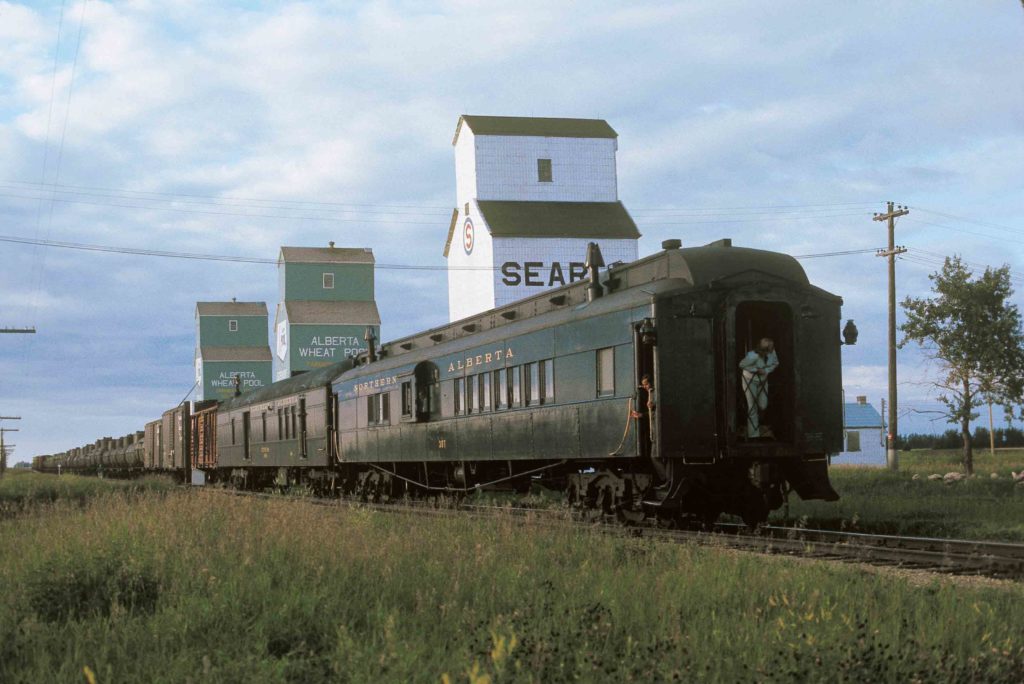
Still dressed in royal blue, a mail-express car and “comboose” 307 bring up the rear of NAR mixed train 75 at Egremont, Alta., in August 1972. J. David Ingles collection Several great trains have carried the name “Blue Train.” The most famous ones were in Europe and South Africa. Then there were the trains of […]
Read More…
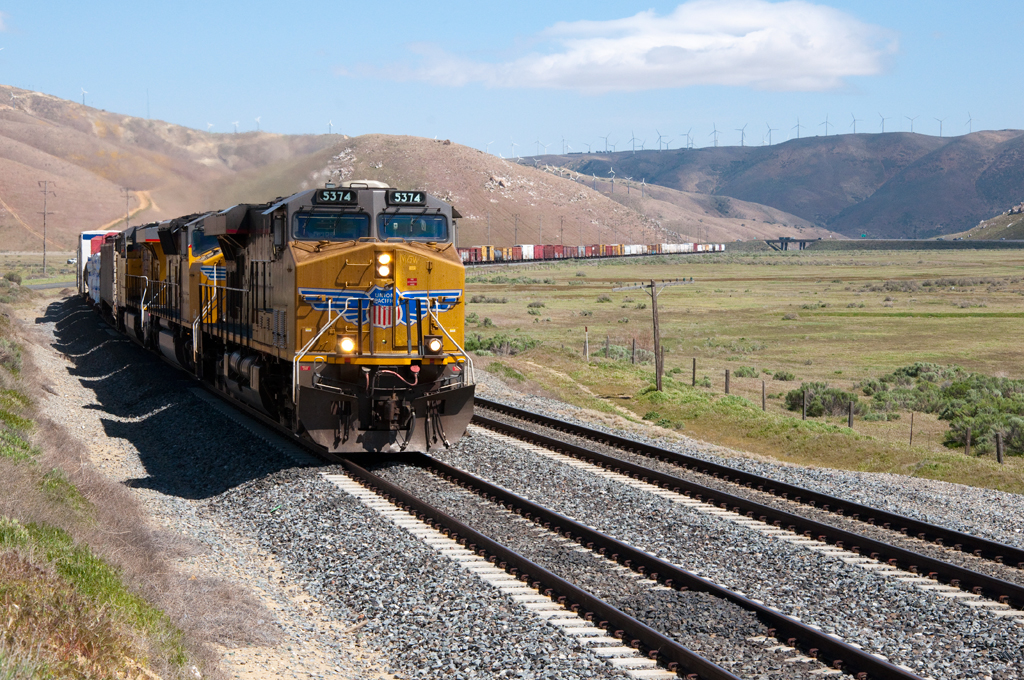
Union Pacific C44AC-CTE No. 5374 leads a mixed-freight train past Milepost 366.7 past wind turbine generators on its way to Monolith, Calif., on April 25, 2011. William Steck photo […]
Read More…
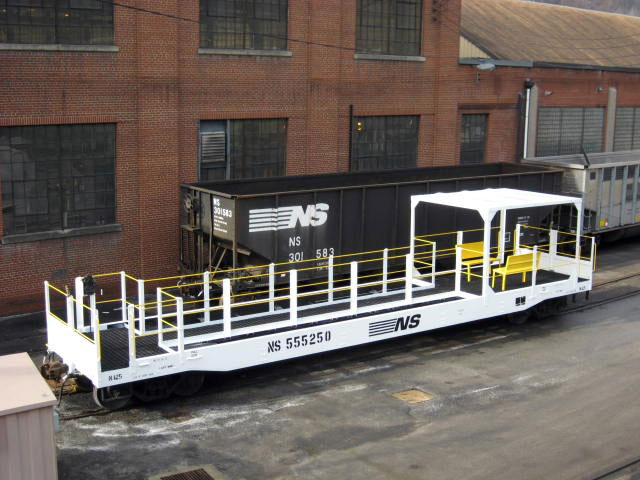
Norfolk Southern and some other railroads use cabooses or riding platforms to protect shove moves. NS Q I know Class I railroads haven’t used cabooses for some years. On a Roanoke, Va., webcam, though, I have seen Norfolk Southern use a caboose on many occasions. The trains do not look like work trains, but rather […]
Read More…
Q What does the term “manifest” mean in relation to railroading? Where and when did it originate?— Wesley Greer, Castle Rock, Colo. A Manifest comes from the Latin word manifestus, meaning “visible,” or “detected in the act.” It went into Middle English (because the Romans occupied England for a while), and in 1432 the word […]
Read More…

Talgo’s pendular suspension lowers the carbody’s center of gravity and relocates its center of rotation, all enabling Talgo cars to take curves faster without causing excessive passenger discomfort due to the centrifugal force. Q How much faster would a Talgo-like train be than a conventional single level or bilevel (Superliner) over the same stretch of […]
Read More…
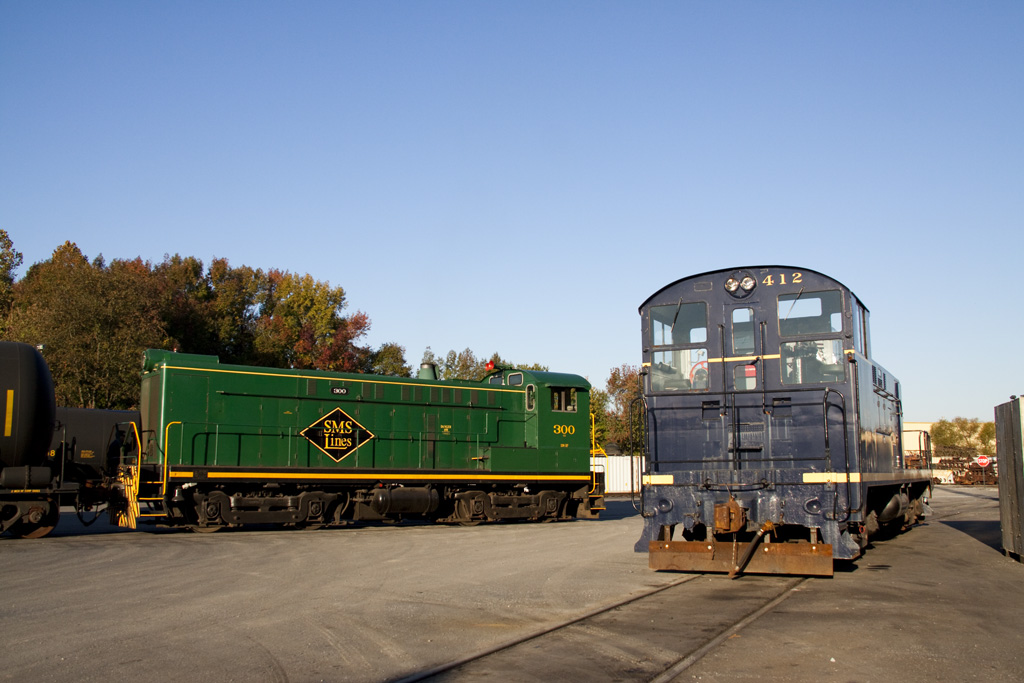
S12 No. 300 and VO1000 No. 412 congregate at the SMS’s Pureland operation. Scott A. Hartley In the August 2011 issue, we take a look at SMS Rail Lines Inc., owner of one of the coolest rosters of locomotives anywhere. Here’s a look at what locomotives are part of the fleet and where they came […]
Read More…
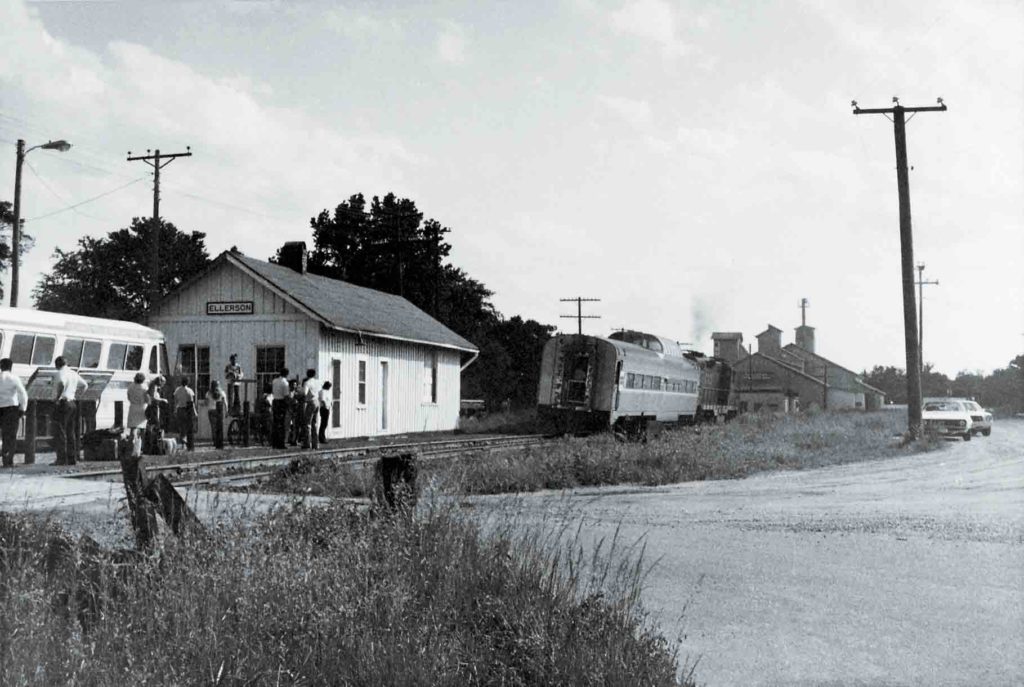
At Ellerson, Va., Richmond-bound passengers watch Amtrak train 450, the James Whitcomb Riley—a C&O GP7 and a dome coach—depart for Newport News before boarding a bus to their destination. Jack N. Bruce Jr. “Are you certain this is the Richmond stop?” asked J. C. Jones of Huntington, W.Va. He was getting off Amtrak train 450, […]
Read More…
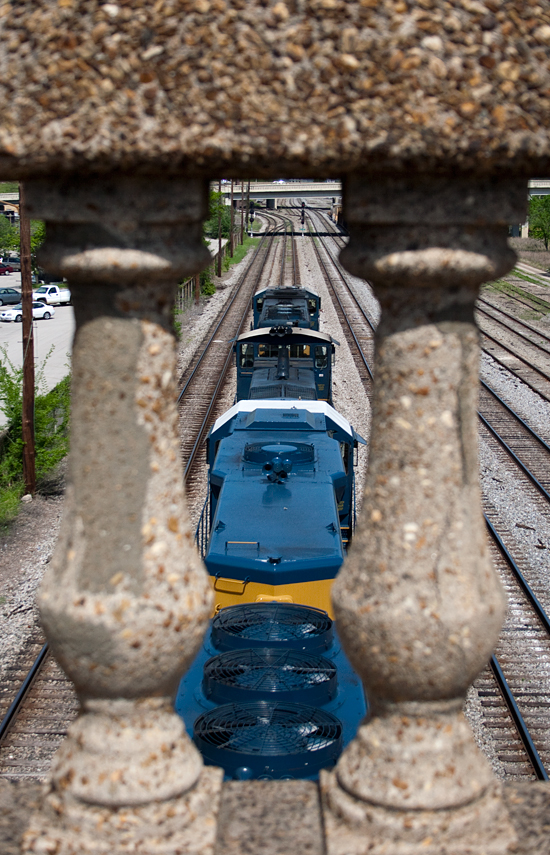
Looking east through the side of the 24th Street bridge in downtown Birmingham, Ala., CSX offers up a variety of EMD power. This train is waiting for clearance into the railroad’s Boyles Yard. Drew Halverson photo […]
Read More…
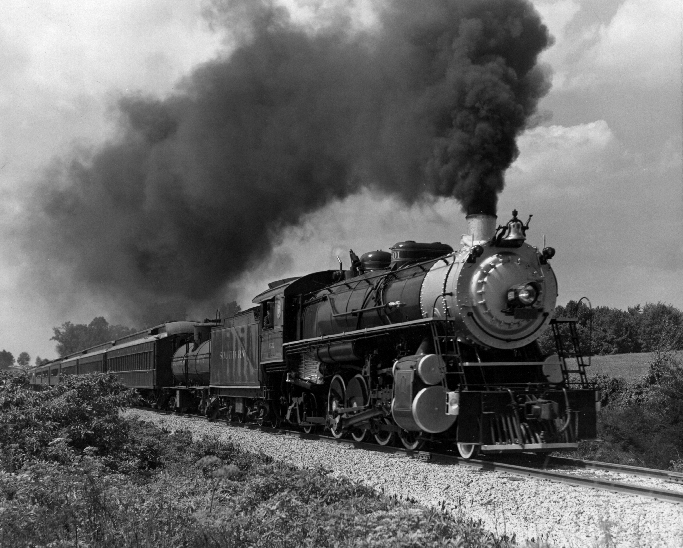
Southern Railway 2-8-2 No. 4501 pulls a National Railway Historical Society convention train on Sept. 5, 1966 from Keysville, Va., to Richmond, Va. This was among the first excursions that led to the development of Southern Railway’s famous series of annual excursions that ran between 1966 and 1994. Today, the 1911 Baldwin is under restoration […]
Read More…
Q I saw an ad for Chinese steam locomotives by Multipower International Inc., in Towaco, N.J. The company offers used and rebuilt steam locomotives for sale or can provide a custom built one. Can you tell us more about this company?— Robert Holland, Palmdale, Calif. A Multipower International is owned by Ge Qiang, who is […]
Read More…
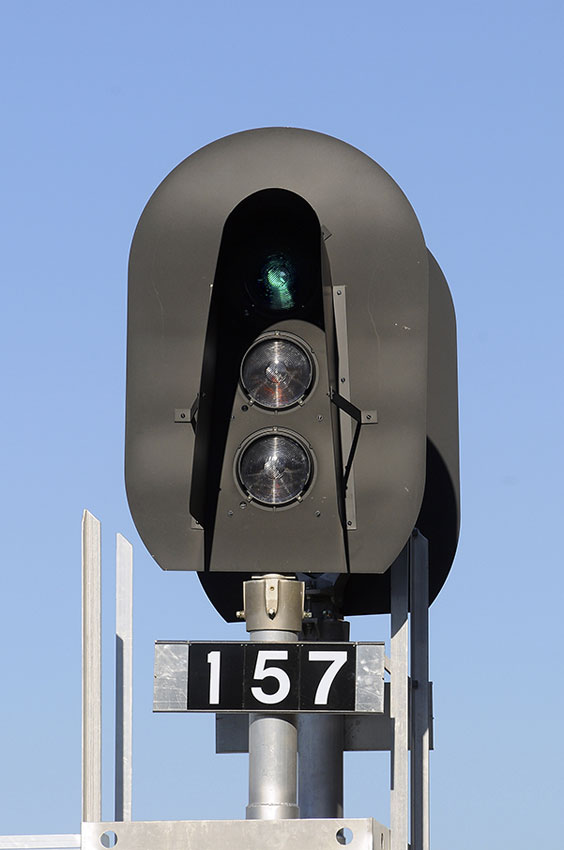
The hood on this Norfolk Southern signal better directs the light’s beam. Doug Koontz Q CSX lineside signals all have “blinders,” a cone about a foot long that surrounds all three signal lights, so the lights only show straight down the track. Why are they used?— Richard Hoffman, Bowling Green, Ky. A The use of […]
Read More…
Q Does anyone know the origin of the term “shoo-fly track?”— Gordon Osmundson, Oakland, Calif. A According to the Historical Thesaurus of the Oxford English Dictionary, this is an American expression, first noted in 1903 and denoting a temporary track. The word “shoo” means go away, and presumably to do so “on the fly” is […]
Read More…









